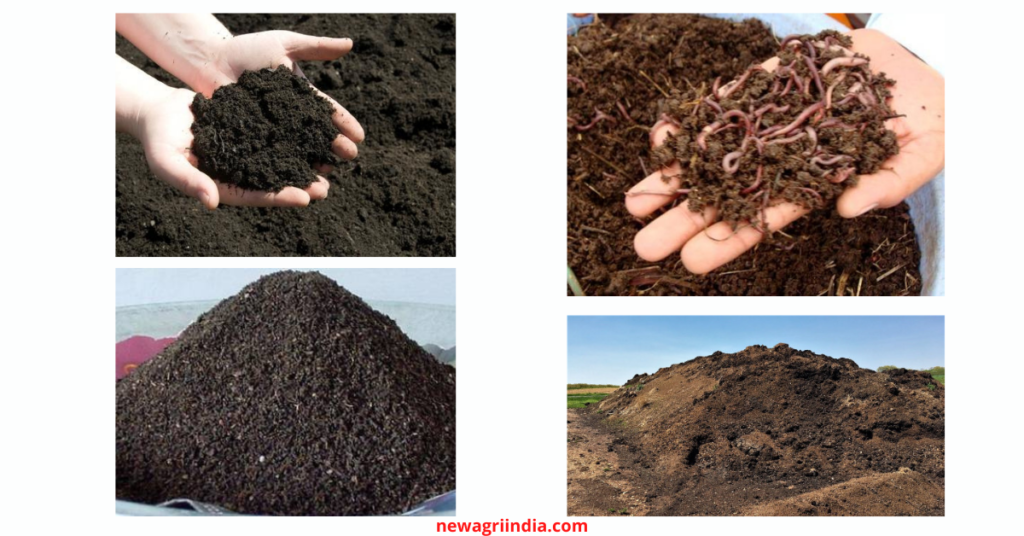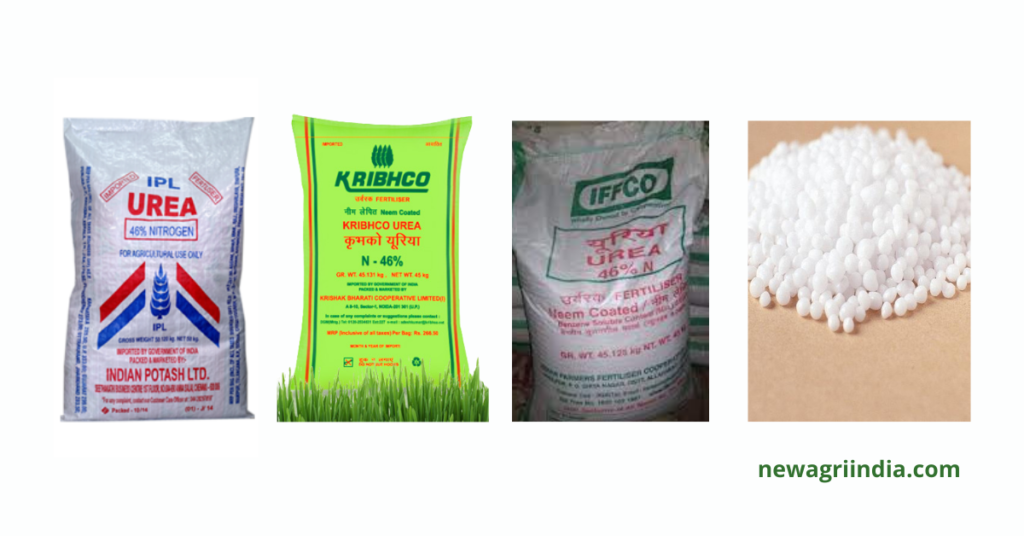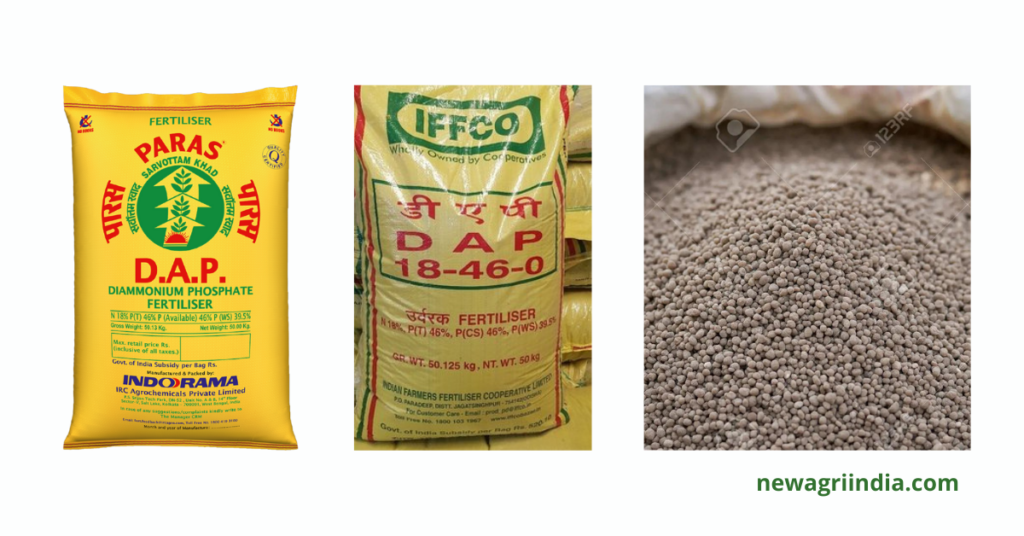Concept of terms ‘Manure’ and ‘Fertilizer’
The substances that provide essential nutrients for plants growth in the soil are called manures and fertilizers. Generally both the terms Manure and Fertilizer are used interchangeably and both the words cannot be separated from each other.
The term ‘manure’ was used originally for denoting materials like cattle manure and other bulky natural substances that were applied to land with the object of increasing the soil fertility and production of crops.
Later chemical substances like Urea and D.A.P. containing plant nutrients in abundance were used for increasing the soil fertility and crop production and were also called manure.
So the objects of manure and fertilizers are same but the key difference is of materials by which they provide essential plant nutrients to the land to increase the crop production and soil fertility.
Definition of Manure and Fertilizer
“All those substances other than water which increase soil fertility and accelerate plant growth when mixed with soil are called manures”.
Definition of Manure
All those substances, which increase soil fertility by adding them to the soil and in which the amount of organic matter is more than the nutrients, is called manure.
For example- Farm Yard Manure (FYM), compost, green manure, cakes etc.

“The partially or completely decomposed wastes of plants and animals are called manure”.
Definition of Fertilizer
All those manures which are made artificially in factories, which have high percentage of essential plant nutrients and little or no amount of organic matter are called fertilizers.

Chemical compounds or mixtures, which are synthesized naturally or artificially and which have a definite elemental organization and crystal structure and which are used for a particular essential nutrient, are called fertilizers.
For example- Urea, D.A.P. and Super phosphate etc.

Definition of Bio fertilizers/Microbial Inoculants
‘Microbial inoculants’ is the more appropriate name of biofertilizer. It is defined as preparation containing live or latent cells of efficient strains of ‘N’ fixing, PO43- solubilizing or cellulolytic micro-organisms used for application of seed, soil or composting areas with objective of increasing the number of such micro-organisms and accelerate certain microbial process to augment the extent of the availability of nutrients in a form which can be assimilated by plants.
Definition of Amendments
Amendments are the substance other than manures and fertilizers which are added to soils for the improvement of their condition.

Amendments are also termed as ameliorants, improvers or soil conditioners.
For example- gypsum and lime, though they supply nutrients but the main objective of applying them is to correct the soil condition.
Benefits of Manuring
- Manures supply essential nutrients for plant growth.
- Manures improve physical and chemical properties of soil
- Provide food for soil micro-organisms
- Plant parasitic nematodes and fungi are control to some extent by altering the balance of micro-organisms in soil
- Provide buffering action in soil reaction
- Prevent loss of nutrients by leaching or erosion.
Classification of Manures and Fertilizers
Manures and fertilizers have been classified in many ways on the basis of origin, organization, means of receipt and many properties.
Classification-Ⅰ
Farm Manure
The Manures which are made from the materials Produce on the farm are called farm manure.
Foe example- Farm Yard Manure, Compost, Green Manure etc.
Chemical Fertilizer
These Fertilizers are made in factories by various chemical methods,
For example- ammonium sulphate, super phosphate, potassium chloride etc.
Classification-ⅠⅠ
Complete Manure
The manures which provide almost all the essential nutrients for the plants are called complete manures.
Example- Farm Yard Manure, Compost etc.
Incomplete Manure
The manures which provide only one or two essential nutrients for are called incomplete manures.
Example- Ammonium sulphate, super phosphate etc.
Classification-Ⅲ
General Manures
Manure which are made up of plants and animals residues are called general manures.
Example- F.Y.M., compost etc.
Specific Manure
These manures are made artificially and these manure have one or two nutrients.
Example- Urea, super phosphate, potassium sulfate etc.
Classification-Ⅳ
Vegetable Manure
These manures are made from different parts and residues of plants.
Example- Green manure.
Animal Manure
These manures are made from different parts and remains of animals.
Example- bone manure.
Mineral manure
Manures whose components are found in plant ash and whose sources are rocks are called mineral manures.
Example- Sodium nitrate, potassium sulfate etc.
Classification-Ⅴ
Organic Manure
All those fertilizers that are made from parts and residues of plants and animals and contain more organic matter. it is of two types-
- Bulky organic manures- These manures contain more organic matter and less nutrients. So these manures are applied in large quantities. FYM, compost and green manure are the most important and widely used bulky organic manures.
- Concentrated Organic Manures- Concentrated organic manures have higher nutrients than bulky organic manures.
Example- Cakes, bone manure, fish manure, bird guano, steamed bone meal etc.
Inorganic Manures
These manures are made in factories with the help of minerals, they are called fertilizers. They contain one or two elements in excess amounts. These are of two types.
- Organic fertilizer- These fertilizers are made by chemical methods in factories with the help of organic materials. Example- Calcium cyanide, Urea etc.
- Inorganic fertilizer- These fertilizers are made by chemical methods in factories with the help of inorganic materials. Example- Calcium ammonium nitrate, super phosphate, potassium sulfate etc.
Classification-Ⅵ
- Acidic Fertilizer- These fertilizer increase acidity in the soil. Example- ammonium sulfate.
- Alkaline fertilizer- These fertilizer increअसे alkalinity in the soil. Example- sodium nitrate.
- Neutral fertilizer- These fertilizers neither increase the acidity nor alkalinity in the soil. Example- calcium ammonium nitrate.
Difference between Organic Manures and Chemical Fertilizers
| Organic Manures | Chemical Fertilizers |
|---|---|
| 1. These are made by decomposing parts and remains of plants, animals and living organisms. | 1. These are made by chemical methods in factories from elements or minerals. |
| 2. These are complete manure and contain almost all the essential nutrients for plants growth. | 2. They contain only one or two plant nutrients. |
| 3. Continuous use of these manures, increases the soil fertility and also improves the physical condition of the soil . | 3. Their continuous use worsens the condition of the soil. |
| 4. Plant nutrients are released slowly and their residual effect lasts for many years. | 4. Plant nutrients are available to plants very quickly and their residual effect is short lived. |
| 5. The percentage of plant nutrients is very low. | 5. Comparatively higher percentage of plant nutrients are found. |
| 6. Their use produces innumerable beneficial microbes that control ammonization, nitrification, N-fixation, etc. in the soil. | 6. The use of fertilizers adversely affects beneficial micro-organisms. |
| 7. The decomposition of organic matter produces organic acids which convert insoluble elements into receivable form. | 7. They do not have such qualities. |
| 8. They prevent soil erosion. | 8. They do not have such qualities. |
| 9. Humus is formed from organic matter which increases the water holding capacity of the soil. | 9. They do not increase water holding capacity of the soil. |
| 10. Organic manures are applied about 25-30 days before sowing/transplanting. | 10. Fertilizers applied at the time of sowing/planting or in standing crop. |
| 11. Organic manures keep the C:N ratio balanced. | 11. The C:N ratio is not balanced. |
| 12. manures are cheap. | 12. Fertilizers are expensive. |
| 13. Excessive use of manures does not have any bad or harmful effects on the soil and plants. | 13. Excessive use of fertilizers adversely affects the soil and plants. |
| 14. Manures can neither be sprayed nor used in the form of solution. | 14. Fertilizers can be used for spraying and in solution form. |
How helpful was this post for you, you can tell me in the comment box and you can also give us your advice, your comment and advice are very important for us.
Thank you..!
